So you get a lesson in science, followed by a easy to medium level cooking lesson, which helps explain the science lesson, followed by an additional think it through section. Let me walk you through one of the lessons we did.
Open up your book to discover what the Method to Scientific Study is, along side it discover some kitchen safety rules.
Atomic Popcorn Balls
Density Dressing and Veggie Sticks
Invisible Ink Snack Pockets
Loop, Whorl, and Arch Cookies
Sedimentary Pizza Lasnagna
Black Hole Swallow Ups
The final two sections are a review of the chapters and a glossary. Words in bold in the lessons are found in the glossary. Index in the back helps one find terms easily.
My son's favourite lesson was Loop, Whorl, and Arch Cookies. This was all about fingerprints and genetics. This lesson starts off introducing us to such terms as forensic science, minutiae and friction ridge skin. He had fun leaving his fingerprints on a variety of surfaces...the tap, drinking glasses, silly putty and what not.
We made a change in the ingredients for one main reason (didn't have M&M candies in the house). We tried M&M peanut candies, let's just say this >>> NOT a good fit. :) So we tried our "church candy" and that worked great! AND provided us with other items to observe as well. More on that later. :) This is an easy recipe that is so hands on for children to make. Mixing, rolling, moulding, choosing candies and patterns.
1. Candies with a hard coating - smarties, tic tacs - the coating would crack but nothing oozed out unless you pushed on it (genetics anyone??)
2. Candies like jelly beans with a smooth outside and softer inside would split and the insides would gush into the cookie center (didn't matter if jelly bean or a mike and ikes)
3. Wine gums get soft...regardless of size or shape and nothing more. Good for cooking with.
So what do I like about this book?
1. I like the concept. Combining ways to learn a given topic is HUGE in my eyes.
2. The science information seems solid and provoked good conversations...
3. The material prodded my son into thinking and asking questions and making up his own experiments.
4. The book is colourful and well-laid out.
5. The recipes are accurate and don't need adjusting.
6. The illustrations were quirky and interesting enough they appealed to my artsy child.
7. The book itself is sturdy, yet thin enough to travel well.
8. I was able to take the information and use it in ways unexpected by my lad to reinforce ideas learned. Like when looking at a sugar pie I could ask him about how hard he thought the sugar would be before cooking, and what would the sugar be like now? What would the hardness of the crust be compared to the pie insides? Did cooking change that at all? How do you think heat and/or pressure changes rock or living matter? (couldn't make the recipe but we can still think on the concepts). :)
I have to admit, I don't know whether to recommend Eating your Science Homework or not. :) Just because it wasn't a good fit in our household doesn't mean it won't be in yours. I do love the questions he asked and how we were able to answer them, it was merely the recipe section that didn't set well in this schoolroom. Your schoolroom might be a tad more forgiving. :)
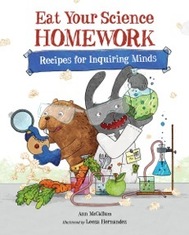
Eat Your Math Homework
Eat Your Science Homework
Eat Your U.S. History Homework
Rabbits, Rabbits Everywhere: A Fibonacci Tale
Beanstalk: The Measure of a Giant
Received: Softcover Book
Vendor: Ann McCallum Books
Author: Ann McCallum
Product: Eat Your Science Homework: Recipes for Inquiring Minds
Price: $16.95 Hardcover, $7.95 for softcover
Free Samples: Can be found here.
Ann's Blog: HERE. Helpful recipes and videos linked here. :)

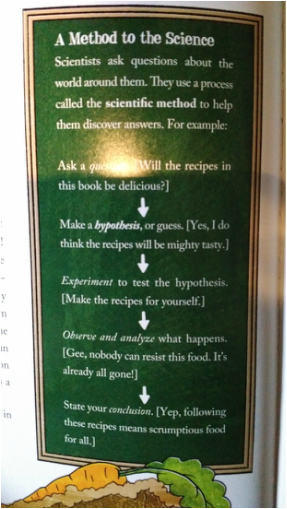

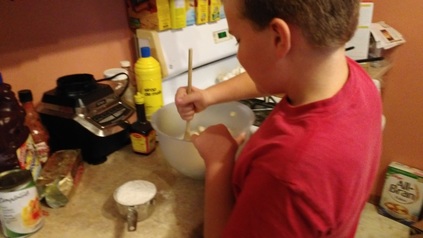

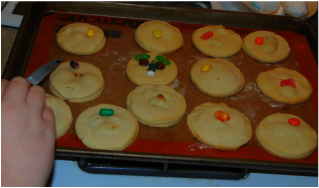
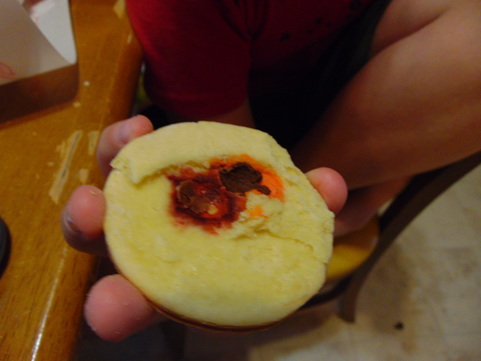



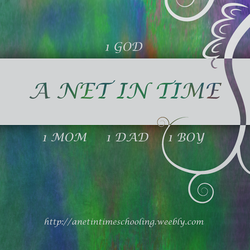






 RSS Feed
RSS Feed



